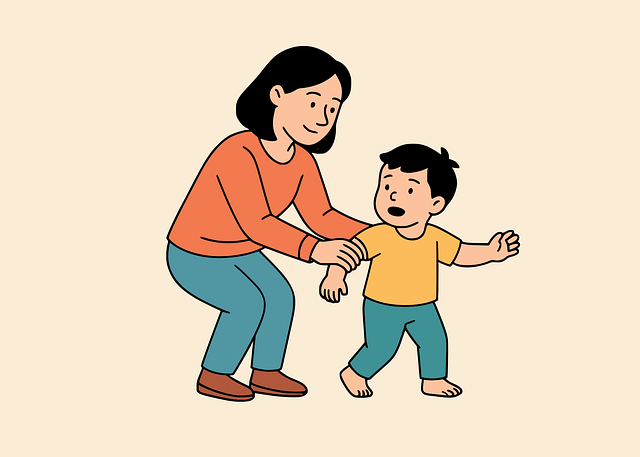Child welfare advocacy in Oregon is a collaborative and comprehensive effort addressing various aspects of a child's well-being. Key programs focus on early intervention for high-risk families to prevent abuse and neglect, offering resources like parenting education and therapy. Specialized services include foster care, adoption, mental health support, and partnerships driving innovative strategies. Community engagement and strategic advocacy, including partnerships, public education, and direct client support, have led to reduced re-abuse rates, improved family stability, enhanced emotional well-being among youth, and effective Oregon advocacy support for vulnerable citizens.
Oregon boasts a robust network of child welfare advocacy support, with various programs and initiatives aimed at improving the well-being of children. This article explores the multifaceted approach to child welfare advocacy in the state, from understanding key programs and their impact to examining the role of community engagement and effective advocacy strategies. Discover how these efforts empower positive change within Oregon’s child welfare system, highlighting the importance of both systemic reforms and grassroots advocacy.
- Understanding Child Welfare Advocacy in Oregon: Key Programs and Their Impact
- The Role of Community Engagement in Advancing Child Welfare Advocacy Initiatives
- Strategies for Effective Advocacy: Empowering Change in Oregon's Child Welfare System
Understanding Child Welfare Advocacy in Oregon: Key Programs and Their Impact

Child welfare advocacy in Oregon is a robust and multifaceted effort aimed at ensuring the well-being and protection of children across the state. The key programs under this initiative focus on various aspects, from prevention and intervention to long-term support and recovery. One of the primary strategies involves early intervention services, which target high-risk families to prevent child abuse and neglect. These programs provide resources for parenting education, family therapy, and in-home support services.
Advocacy initiatives also include specialized care for children who have experienced trauma, such as foster care and adoption services, as well as mental health support tailored for young survivors. The impact of these child welfare advocacy programs is profound: reduced rates of re-abuse, improved family stability, and enhanced emotional well-being among Oregon’s youth. Through collaboration between government agencies, non-profits, and community organizations, the state continues to develop innovative strategies to better serve and protect its most vulnerable citizens.
The Role of Community Engagement in Advancing Child Welfare Advocacy Initiatives

Community engagement plays a pivotal role in advancing and strengthening child welfare advocacy initiatives in Oregon. By fostering partnerships between local organizations, community members, and government agencies, these efforts can better reach and support vulnerable children and families across the state. Involved communities bring diverse perspectives, resources, and expertise to the table, enhancing the impact and sustainability of child welfare programs.
This collaborative approach enables targeted interventions tailored to the unique needs of different Oregon communities. Advocacy initiatives gain momentum when driven by the collective action of folks who are directly affected, local leaders, and dedicated volunteers. Together, they can raise awareness, lobby for policy changes, and ensure that child welfare strategies are responsive, equitable, and accessible to all children and families in need.
Strategies for Effective Advocacy: Empowering Change in Oregon's Child Welfare System

Empowering change in Oregon’s child welfare system requires a strategic approach to advocacy. Effective child welfare advocacy initiatives in Oregon focus on several key strategies. Firstly, building strong partnerships between community organizations, service providers, and policy makers is essential. Collaboration ensures that various perspectives are considered and resources are utilized optimally. Secondly, education and awareness play a vital role. Advocacy programs aim to inform the public about the complexities of child welfare, fostering empathy and support for vulnerable children and families.
Additionally, direct client support services form a crucial component of advocacy efforts in Oregon. These include providing legal aid, case management, and counseling to help individuals navigate the system effectively. By empowering parents with knowledge and resources, these initiatives strive to strengthen family units and improve outcomes for children involved in the child welfare system. Such holistic approaches ultimately contribute to the development of evidence-based strategies that drive positive change within Oregon’s child welfare advocacy landscape.






